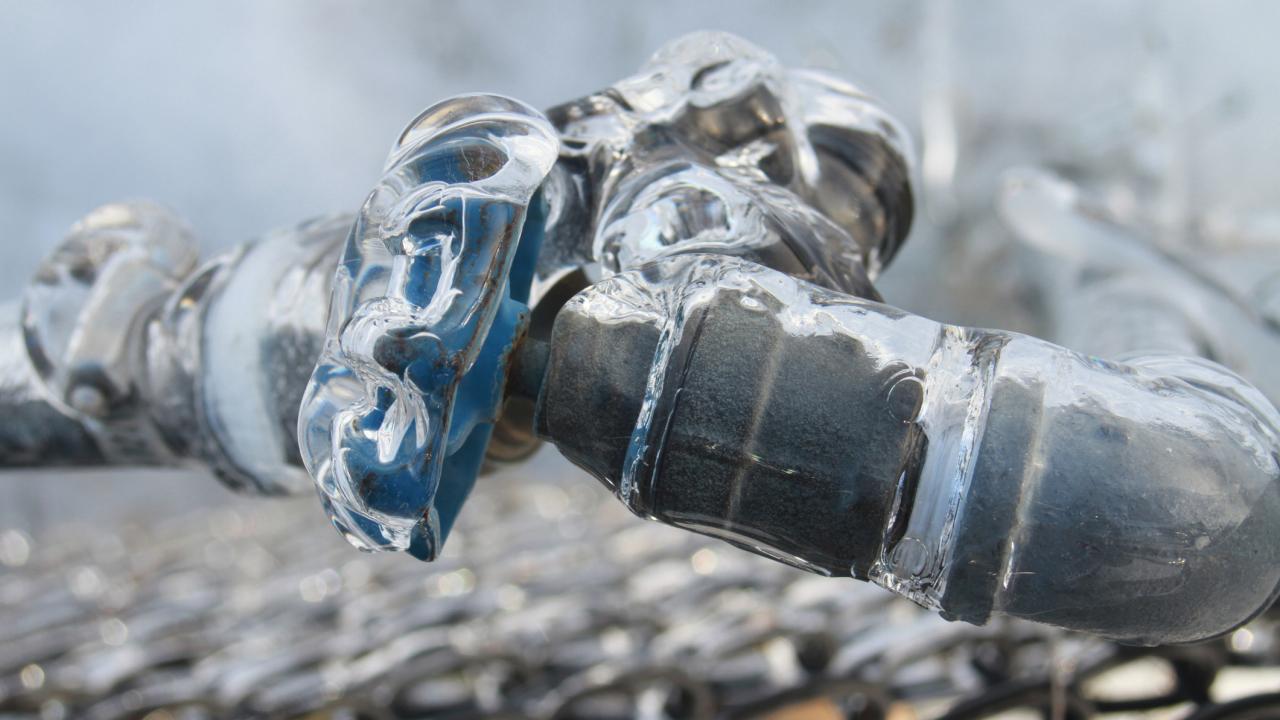Avoiding Frozen Plumbing in Winter: Pro Tips
Avoiding Frozen Plumbing in Winter: Pro Tips
Blog Article
What are your thoughts about How to prepare your home plumbing for winter weather?

Winter can wreak havoc on your plumbing, specifically by freezing pipelines. Right here's how to prevent it from happening and what to do if it does.
Intro
As temperature levels decrease, the danger of frozen pipes rises, potentially resulting in costly fixings and water damages. Comprehending how to stop frozen pipelines is critical for house owners in cold environments.
Comprehending Icy Pipes
What causes pipelines to freeze?
Pipelines freeze when revealed to temperatures listed below 32 ° F (0 ° C) for extended durations. As water inside the pipes freezes, it increases, putting pressure on the pipeline walls and potentially creating them to burst.
Dangers and problems
Frozen pipelines can cause supply of water disturbances, home damages, and expensive repair work. Ruptured pipelines can flooding homes and cause comprehensive structural damage.
Indications of Frozen Water Lines
Recognizing icy pipelines early can stop them from breaking.
How to identify icy pipes
Search for reduced water flow from faucets, unusual smells or sounds from pipelines, and visible frost on subjected pipes.
Prevention Tips
Shielding vulnerable pipelines
Cover pipelines in insulation sleeves or utilize heat tape to shield them from freezing temperature levels. Focus on pipes in unheated or exterior locations of the home.
Home heating techniques
Maintain interior spaces adequately warmed, particularly locations with plumbing. Open up closet doors to permit warm air to circulate around pipes under sinks.
Shielding Exterior Plumbing
Garden tubes and outside faucets
Separate and drain pipes garden tubes before winter. Mount frost-proof spigots or cover exterior faucets with shielded caps.
What to Do If Your Pipes Freeze
Immediate activities to take
If you suspect icy pipes, maintain taps available to soothe pressure as the ice melts. Make use of a hairdryer or towels soaked in hot water to thaw pipes gradually.
Long-Term Solutions
Structural modifications
Take into consideration rerouting pipelines far from outside wall surfaces or unheated locations. Include added insulation to attics, basements, and crawl spaces.
Upgrading insulation
Invest in premium insulation for pipes, attics, and walls. Proper insulation helps maintain regular temperature levels and lowers the risk of frozen pipelines.
Verdict
Stopping frozen pipes requires aggressive procedures and quick reactions. By understanding the causes, indications, and preventive measures, homeowners can shield their plumbing during winter.
5 Ways to Prevent Frozen Pipes
Drain Outdoor Faucets and Disconnect Hoses
First, close the shut-off valve that controls the flow of water in the pipe to your outdoor faucet. Then, head outside to disconnect and drain your hose and open the outdoor faucet to allow the water to completely drain out of the line. Turn off the faucet when done. Finally, head back to the shut-off valve and drain the remaining water inside the pipe into a bucket or container. Additionally, if you have a home irrigation system, you should consider hiring an expert to clear the system of water each year.
Insulate Pipes
One of the best and most cost-effective methods for preventing frozen water pipes is to wrap your pipes with insulation. This is especially important for areas in your home that aren’t exposed to heat, such as an attic. We suggest using foam sleeves, which can typically be found at your local hardware store.
Keep Heat Running at 65
Your pipes are located inside your walls, and the temperature there is much colder than the rest of the house. To prevent your pipes from freezing, The Insurance Information Institute suggests that you keep your home heated to at least 65 degrees, even when traveling. You may want to invest in smart devices that can keep an eye on the temperature in your home while you’re away.
Leave Water Dripping
Moving water — even a small trickle — can prevent ice from forming inside your pipes. When freezing temps are imminent, start a drip of water from all faucets that serve exposed pipes. Leaving a few faucets running will also help relieve pressure inside the pipes and help prevent a rupture if the water inside freezes.
Open Cupboard Doors
Warm your kitchen and bathroom pipes by opening cupboards and vanities. You should also leave your interior doors ajar to help warm air circulate evenly throughout your home.
:strip_icc()/snow-outdoor-faucet-pipes-4af65d1e5e904fb1aa7bf74071fe5d89.jpg)
We had been made aware of that write-up about How to prepare your home plumbing for winter weather through a friend on a different web page. Do you know about somebody else who is fascinated with 6 Ways to Prevent Frozen Pipes? Please feel free to promote it. Thanks a lot for your time spent reading it.
Call Today Report this page